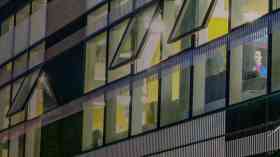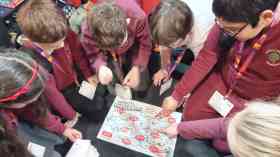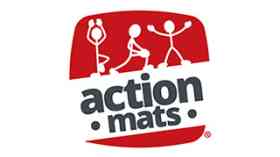Action Mats create resources for primary and early years children focussing on movement skills and active learning.
Supplier Focus
Latest Supplier News
Borg & Overström is a UK manufacturer of premium drinking water solutions. For over 20 years Borg & Overström has developed sustainable, bottle-less, hygienic, drinking water dispensers with the aim to provide exceptional, safe, self-service drinking water into schools, universities, workplaces and communal spaces.

 There is no doubt that a school trip can bring a classroom lesson to life in a way that is otherwise difficult to replicate. The concept of a practical demonstration or enhancement of what is written in books is something that just cannot be overrated. Dim and distant school days learning about the properties of liquid nitrogen and a piece of rubber tubing in chemistry armed with safety goggles and a hammer, can still bring a smile of glee to my face even now.
There is no doubt that a school trip can bring a classroom lesson to life in a way that is otherwise difficult to replicate. The concept of a practical demonstration or enhancement of what is written in books is something that just cannot be overrated. Dim and distant school days learning about the properties of liquid nitrogen and a piece of rubber tubing in chemistry armed with safety goggles and a hammer, can still bring a smile of glee to my face even now.








